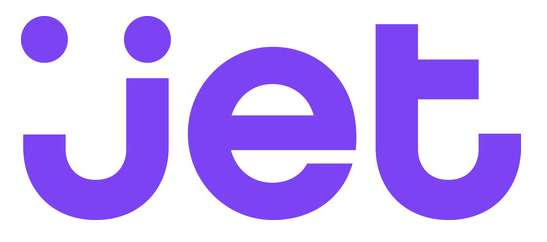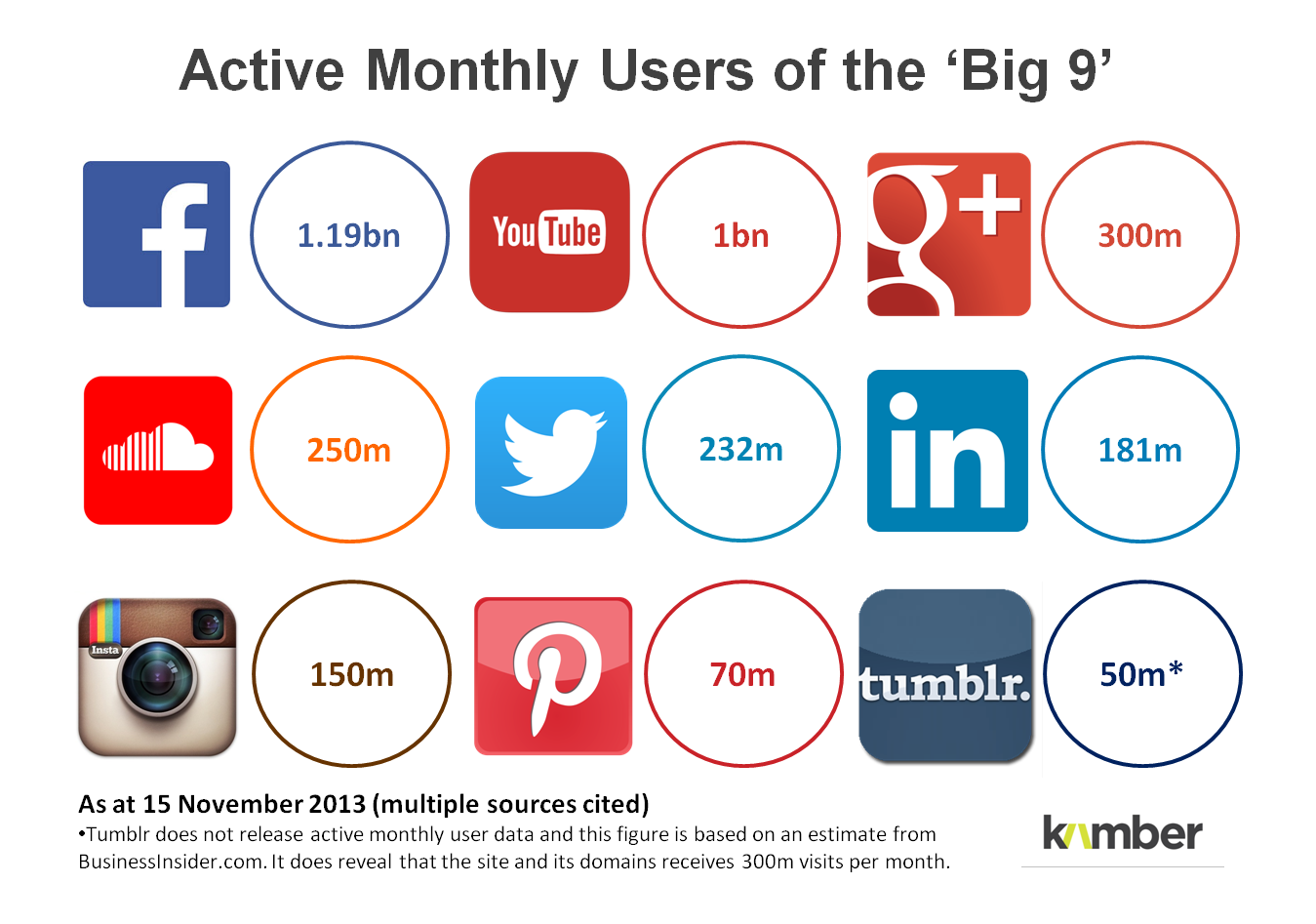Promotions is a key topic in retailing. It cost money, requires time, not quite profitable, but you stop it and sales plummets and customers go away.
Therefore it is important to estimate properly what kind of performance you expect from your personal activities.
One of the common way to estimate a sales performance is conversion rate : the ratio between the number of items you buy, and the numbers of items you sell, on a certain period of time. Indeed, one of the main problem of promotion, is you need to have products in bulk to sell it, but what do you do with the unsold items.
The problem with conversion rate is that :
- It does not take into account the actual sales (if you have a low conversion rate but on high sales, isn't it worth it?)
- You need not to have too much stocks at the end of the promotion....
- .... But you also need to have quantities available until the very last day of the promotion (in order not to miss sales.
This is the reason why I like also to identify the time of resale rate. The concept is simple: How long did it take you to sell your merchandize. If you have a great 90% of conversion rate, but a 30% of time of resale, that means you were out of stock for 70% of the time. Meaning you could have potentially triple your sales.
The index of missed sales is linked to this item. Now obviously, it is difficult to have a clear formula depending on the promotional event, your business model. But all those analytics must be taken into consideration while discussing promotional efficiency.














